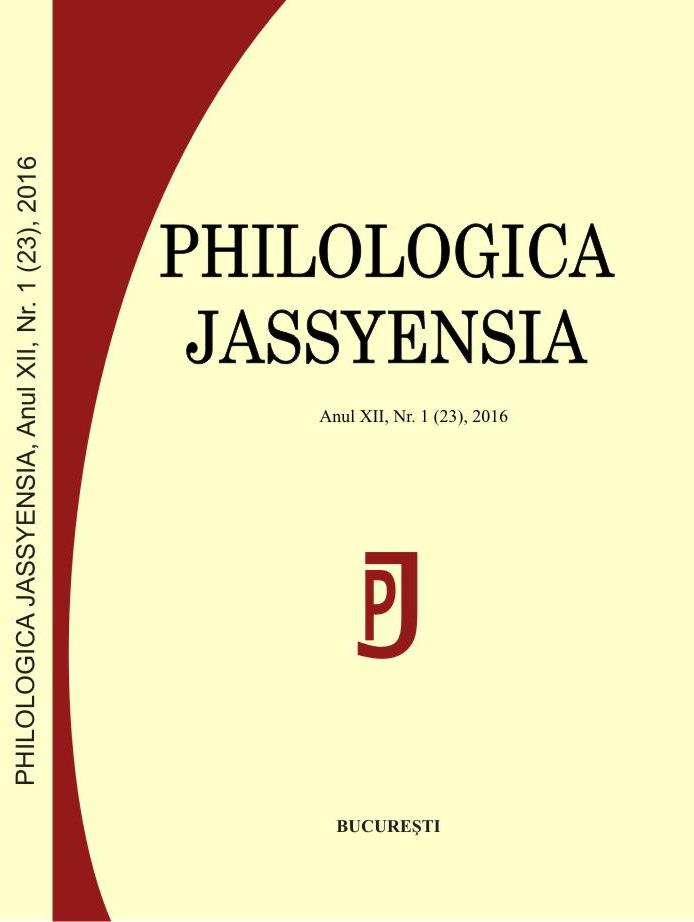Multilingualität und Dialektdiversität als Folge der Migrationen nach Skopje
Multilingualism and Dialect Diversity Resulting from Migrations to Skopje
Author(s): Lumnije JusufiSubject(s): Language and Literature Studies
Published by: Editura Tracus Arte
Keywords: migration; main urban center; capital city; multilingualism; Albanian dialects; dialect diversity
Summary/Abstract: At the end of the 19th century Skopje started to develop into the most attractive center for migration from regions encompassing today’s territories of Macedonia, central Albania and Serbia. Assuming the role Monastır previously had, Skopje rose from a border town to one of the most prominent urban centers in the southern Balkans. Migrations to Skopje were sparked by social and national reasons, and in turn contributed to increasing the town's attractiveness over time. Today Skopje is characterized by a diverse crowd – some of whom draw pride from their historical status, like the Ottoman Kasabali, others based on their post-Ottoman national identifications, and yet others from their transition from shepherds and peasants to urbanites. Accordingly many different groups, particularly national ones, stake competing claims to the city. In the words of Harthmuth (2010: 12), they echo the question „Who ,owns‘ the city?“ Today’s educated middle-class is partially rooted in the group of urban dwellers, and partially in the group of nationalists, both of whom point to their dialects to prove their authenticity. The inhabitants of Skopje are also proud that almost all Balkan languages are to be found in town – a fact that significantly contributes to Skopje’s diversity and makes it worthy of the name Balkan Babel (Voss / Dahmen 2014). The surrounding areas are somewhat less chaotic, but still offer a colorful landscape of dialects of all the respective languages spoken. This is best demonstrated by looking at the example of the Albanian dialects reflecting two-hundred years of migration to Skopje. For instance, the presence of three Gheg sub-dialects and their scattered geographical distribution attest to four different strata of Albanian migration. Thus, Skopje “viva voce” is more colorful and true to its diverse history than suggested by attempts at homogenizing its visual appearance.
Journal: Philologica Jassyensia
- Issue Year: XII/2016
- Issue No: 1 (23)
- Page Range: 209-222
- Page Count: 14
- Language: German

